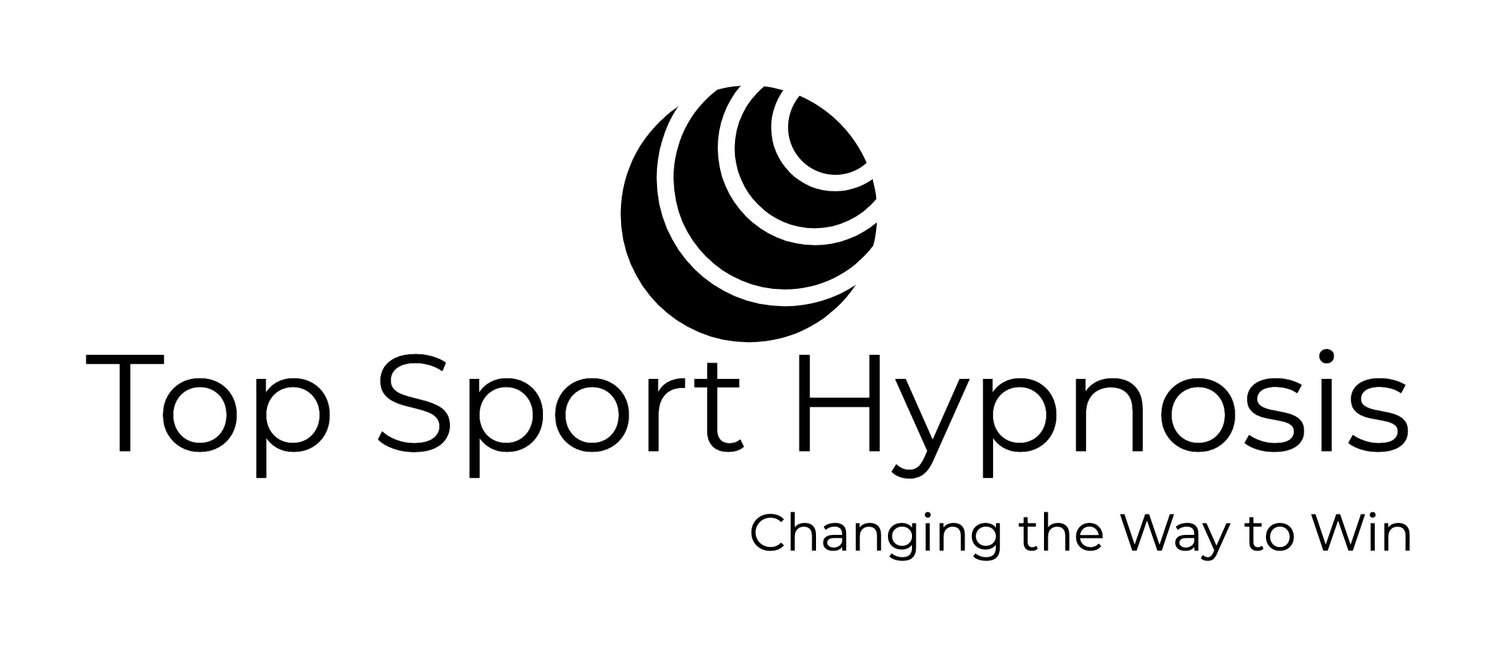Understanding the Connection between Flow States and Hypnosis
Introduction
I started my career in sports psychology as a result of a hiking expedition with two psychiatrists who introduced me to self-hypnosis. At the same time I discovered top athletes were using the same hypnotic techniques to enhance their sports performance. I was intrigued to why something so powerful is not being used by all athletes, but also for anyone who wants to improve their physical and mental well-being.
When searching for more insight on hypnosis I discovered Hypnosis Motivation Institute (HMI) the oldest and only accredited school in the United States for training in the field. I took the 101 class and within weeks decided to enroll in their Clinical Hypnotherapy Program graduating with honors as a certified Master Hypnotist and Hypnotherapist.
While studying at HMI my purpose was to become well versed in how professional athletes use hypnosis as a part of their mental training. I independently started reading sports psychology books outside the field of hypnosis from authors such as Timothy Gallwey, Terry Orlick, and Gary Mack. Then I came across the national bestseller author Mihaly Csikszentmihalyi who wrote about the flow state in which athletes now refer to as playing “in the zone.”
Optimal Conditions to Enter Flow State
An article on PostivePsychology.com called 6 Flow Activities & Training: How to Achieve a Flow State helped summarize much of Csikszentmihalyi work. The author Jo Nash detailed the 8 optimal conditions to enter the flow state of mind.
Challenge–skill balance When we experience flow, we are actively engaged but not overwhelmed by a challenge. (Csikszentmihalyi & Csikszentmihalyi, 1988).
Clear goals & unambiguous feedback (often from the activity itself) enable the continuous adjustment of our responses to meet the required demands of the task.
Action–awareness merging involves total absorption in the here and now such that the activity becomes second nature.
Concentration on the task at hand is characterized by focused attention that circumvents external and internal distractions.
A sense of control emerges that makes people feel they are unstoppable or like they can achieve anything (Csikszentmihalyi, 1993).
Loss of self-consciousness results in freedom from self-monitoring, which enhances intuitive engagement to help us achieve our goals with aplomb.
Transformation of time distorts our sense of the passage of time while being completely absorbed in the moment. We might experience time slowing down, speeding up, or as completely irrelevant (Hanin, 2000).
Autotelic experiences (from the ancient Greek autós, meaning “self,” and télos, meaning “result/outcome/end”) are performed for their own sake. They are intrinsically motivated behaviors that trigger the flow state (Csikszentmihalyi, 1990).
Parts of Hypnosis Related to Flow State
While reading this breakdown it became clear to me why famous athletes use hypnosis for peak performance. They are connecting flow states with hypnotic states during competition either consciously or unconsciously because 6 of the 8 optimal conditions for flow state are used with almost every hypnosis session. These conditions outlined in Nash’s article are highlighted in black to easily identify where flow state and hypnotic techniques overlap.
The Induction of Hypnosis
How do we define hypnosis and how does one know if they have been hypnotized? Jeffrey Zeig in his book, The Induction of Hypnosis, states it is a synergistic amalgamation of some or all of the following components: shifts in attention and awareness; alteration in intensity; experiences of dissociation; and response to implication, all happening in a context defined directly or indirectly as hypnosis.
Just during the induction of hypnosis the client needs to concentrate on the task at hand, such as an arm raising or eye fascination, while listening to the voice of a hypnotherapist. Slowly the heart rate drops and the eye lids close as one experiences dissociation and the transformation of time due to an ideomotor response or visual distortion. During the first five minutes of a hypnosis session a client will experience two of the optional conditions to enter flow state which happens to match with Zeig’s definition of hypnosis.
Deepening During Hypnosis
During the deepening stage of hypnosis the critical mind is relaxed to open up the subconscious. This loss of self-consciousness is the key for heightened suggestibility to make change in one’s life. For the subconscious is the intuitive part of the mind giving us the unlimited resources for action awareness. This state for an athlete means that there is no conscious thought about body movements during competition. They are completely present, with no thought of the past or future, for this flow state also happens during the deepening stage of hypnosis.
Hypnotherapy
Deliver therapeutic suggestions aligned with the client’s intentions and clearly stated goals. These can be given as a direct or indirect suggestion related to habits, stress, pain management, or self- doubt. Once established the subconscious mind is aligned with the conscious mind a feeling of self control is made for the client.
Conclusion
Sport psychology and the concept of flow can be integrated with hypnosis to optimize athletic performance. Hypnotherapy sessions naturally match the conditions needed to optimize the conditions for flow. Repeated hypnotic sessions can strengthen the neural pathways making it easier for athletes to reach this state unconsciously or with the proper training and self hypnosis on demand. Athletes who start to control their thoughts during competition targeting the optional conditions of flow naturally reduce stress levels for peak performance.
Craig Buboltz
Certified Hypnotherapist and Coach
Topsporthypnosis.com
cjb@topsporthypnosis.com

